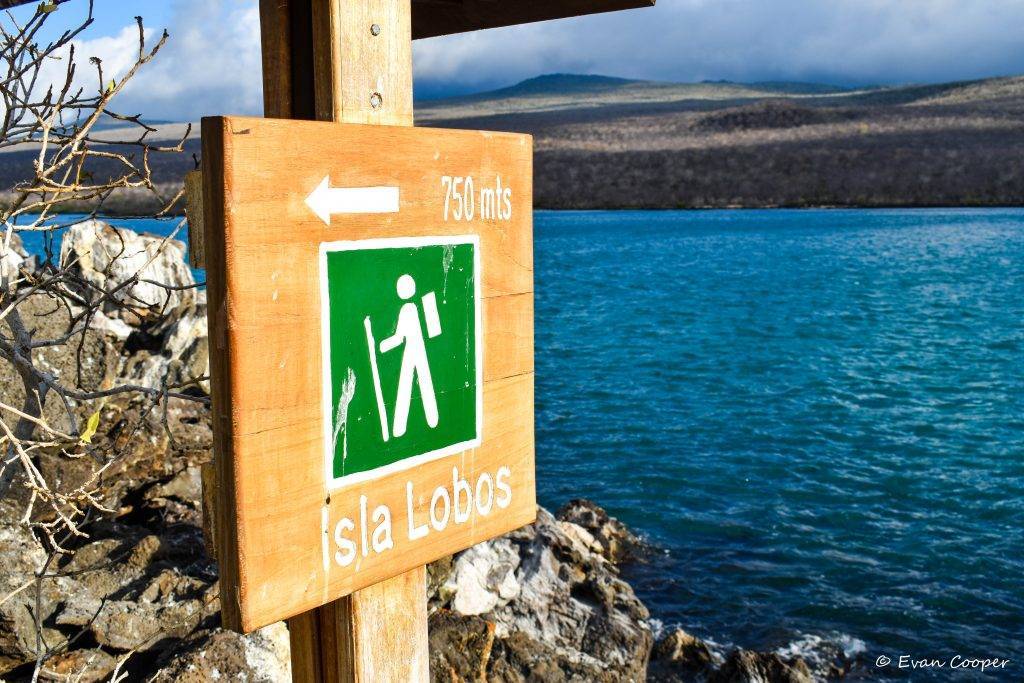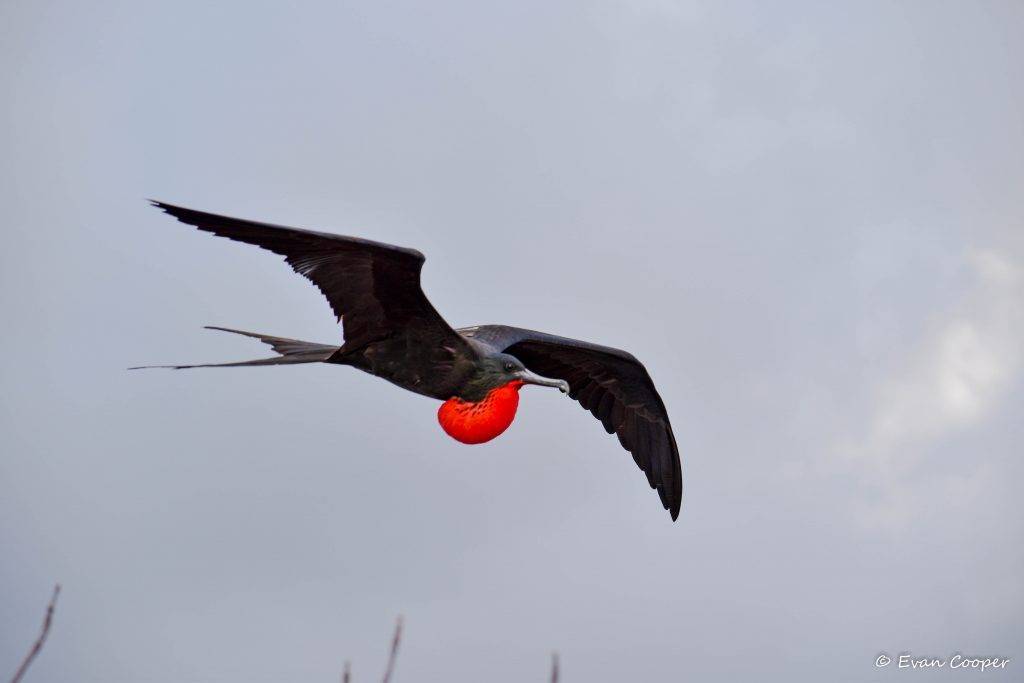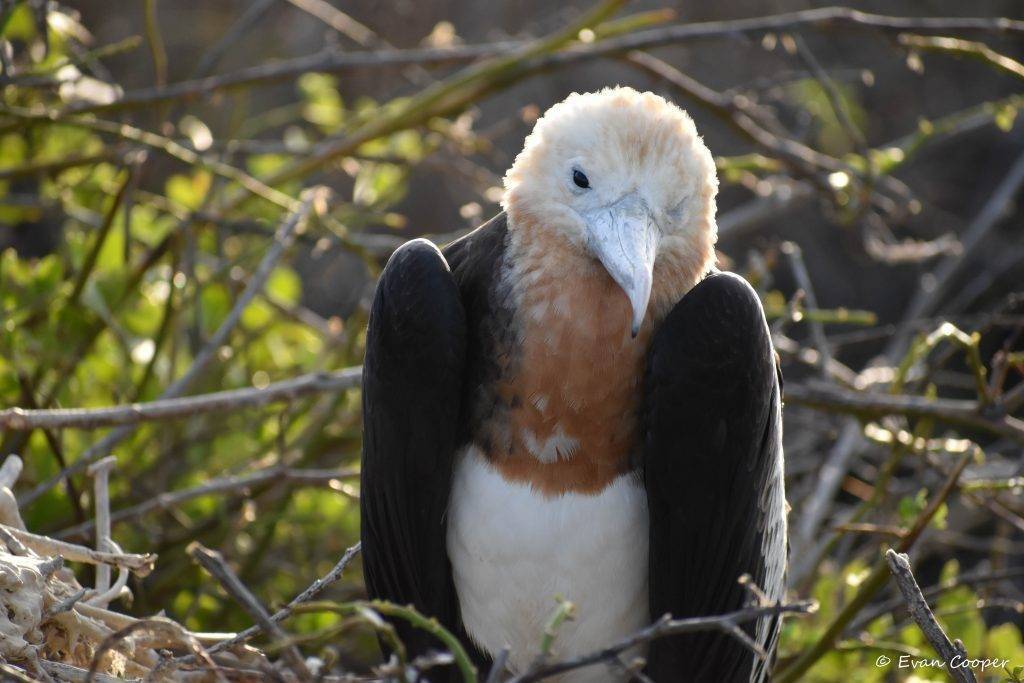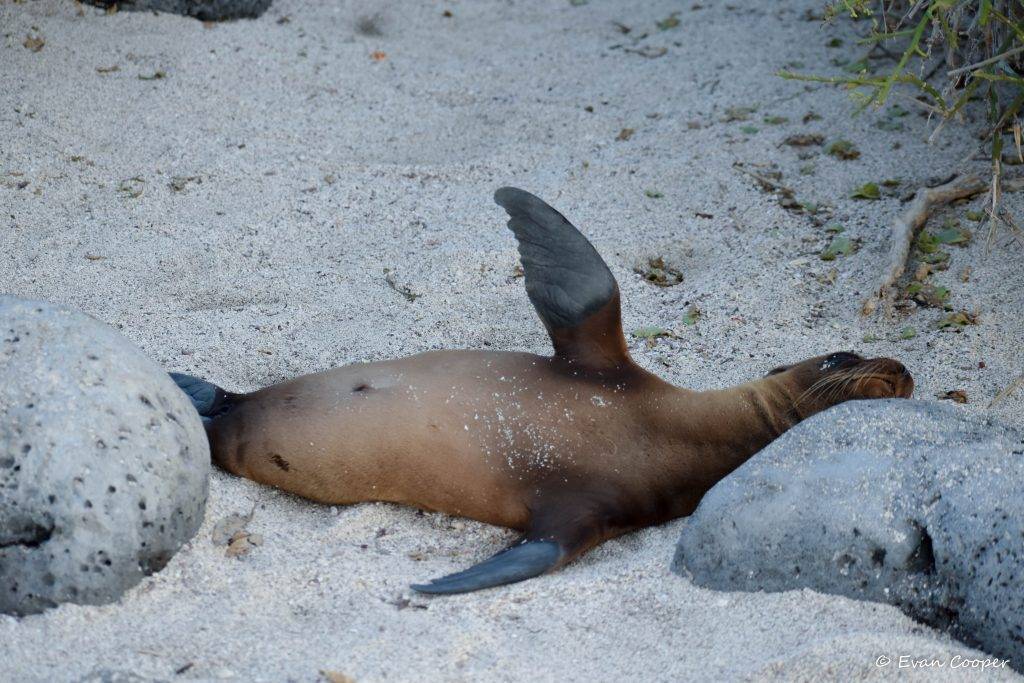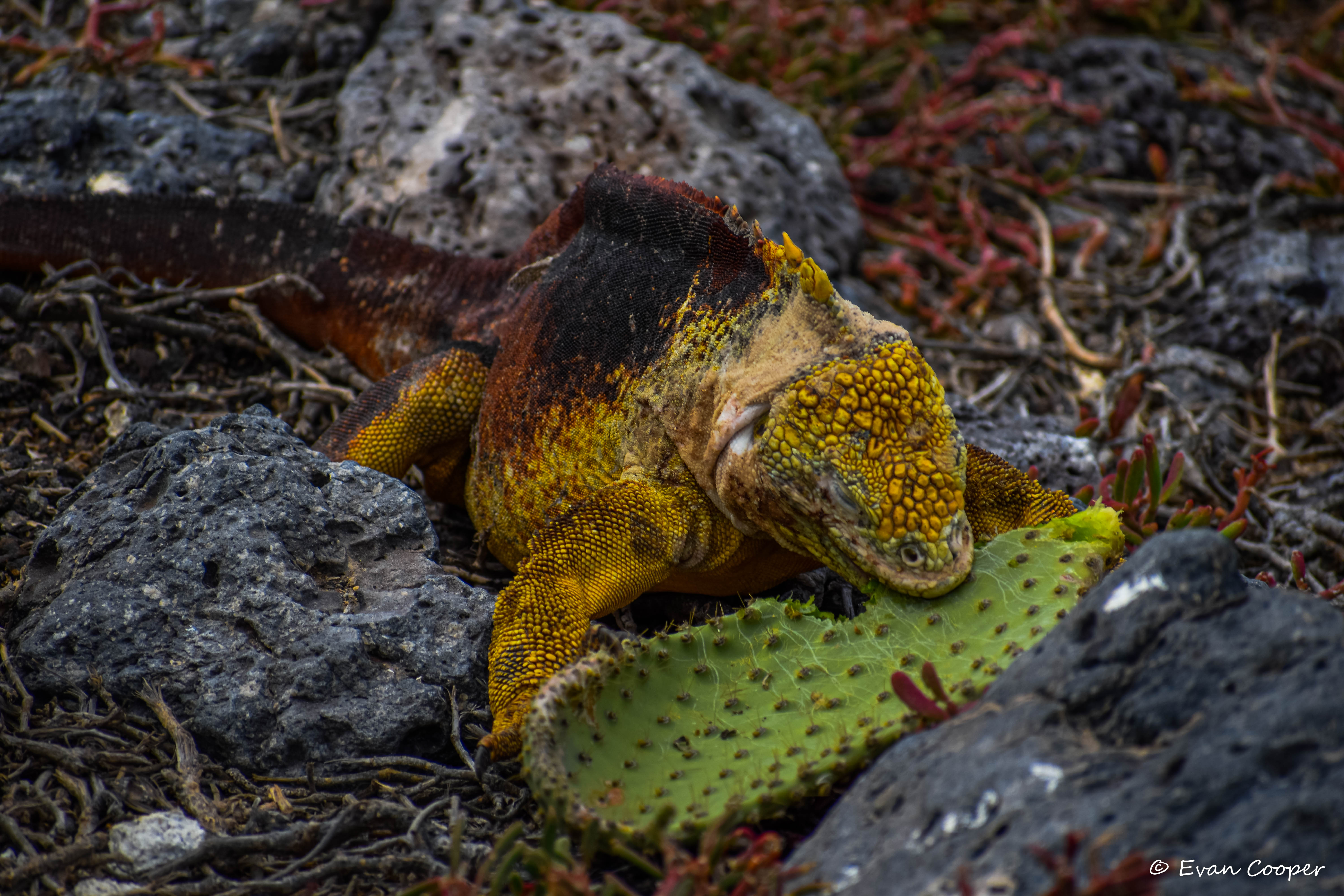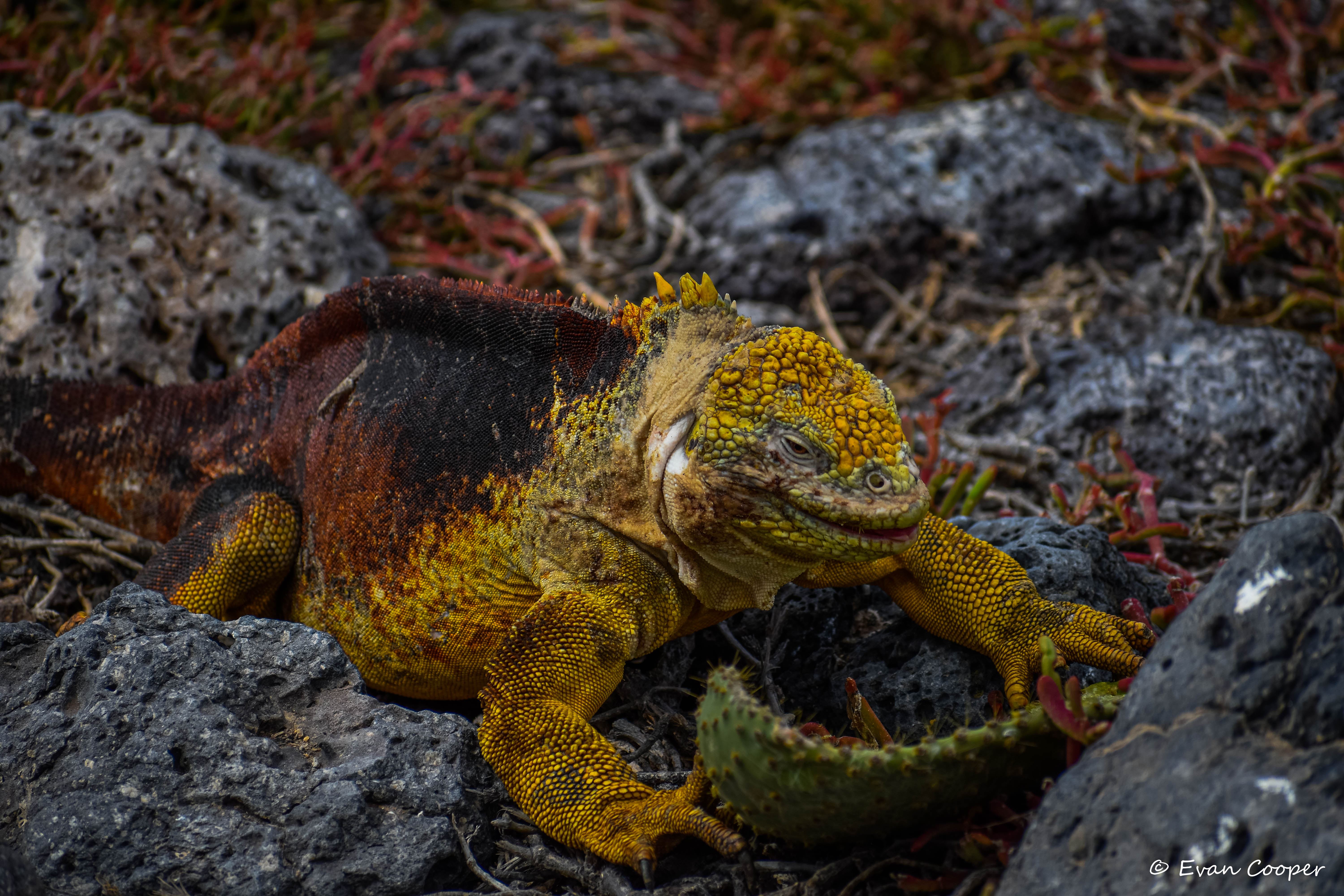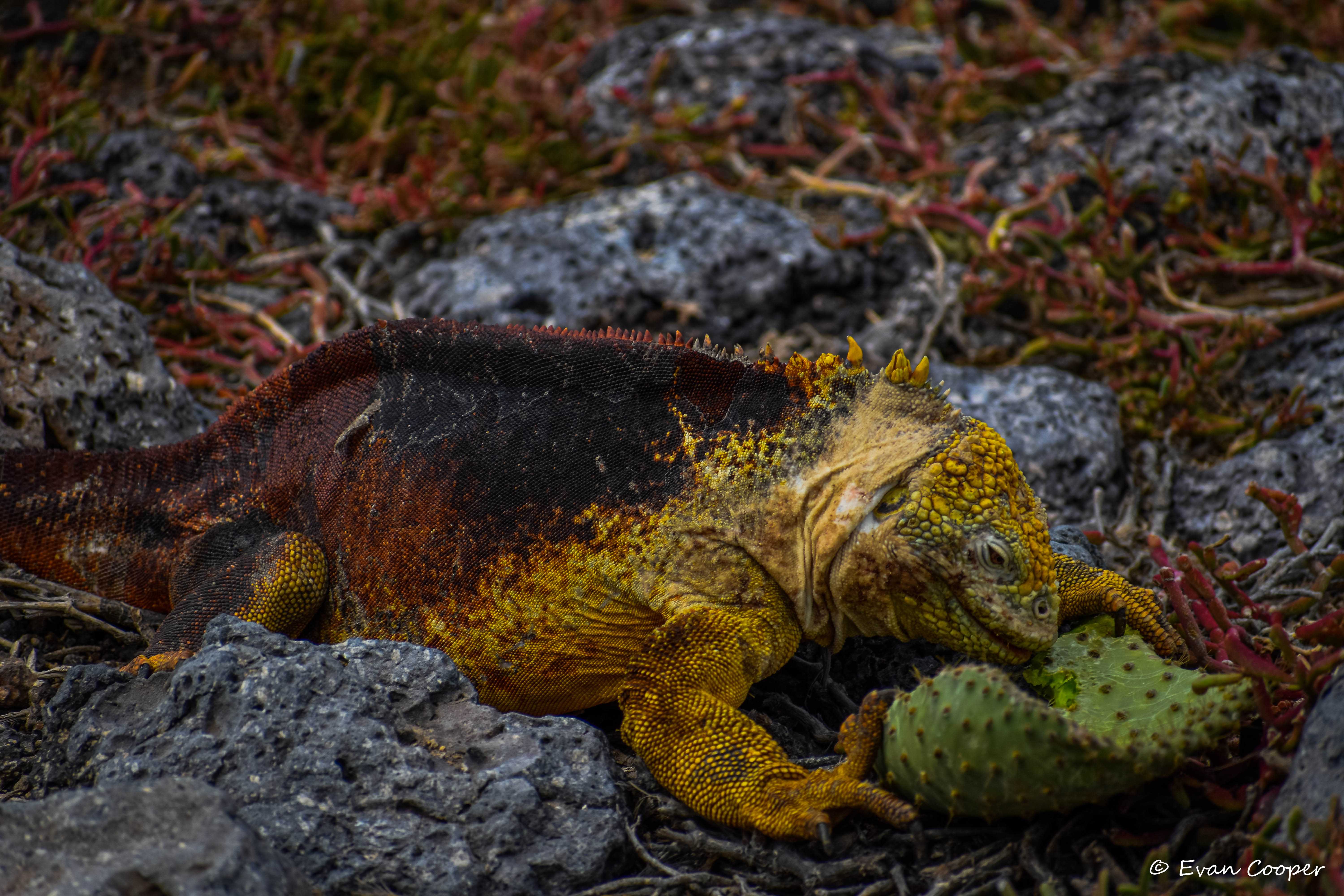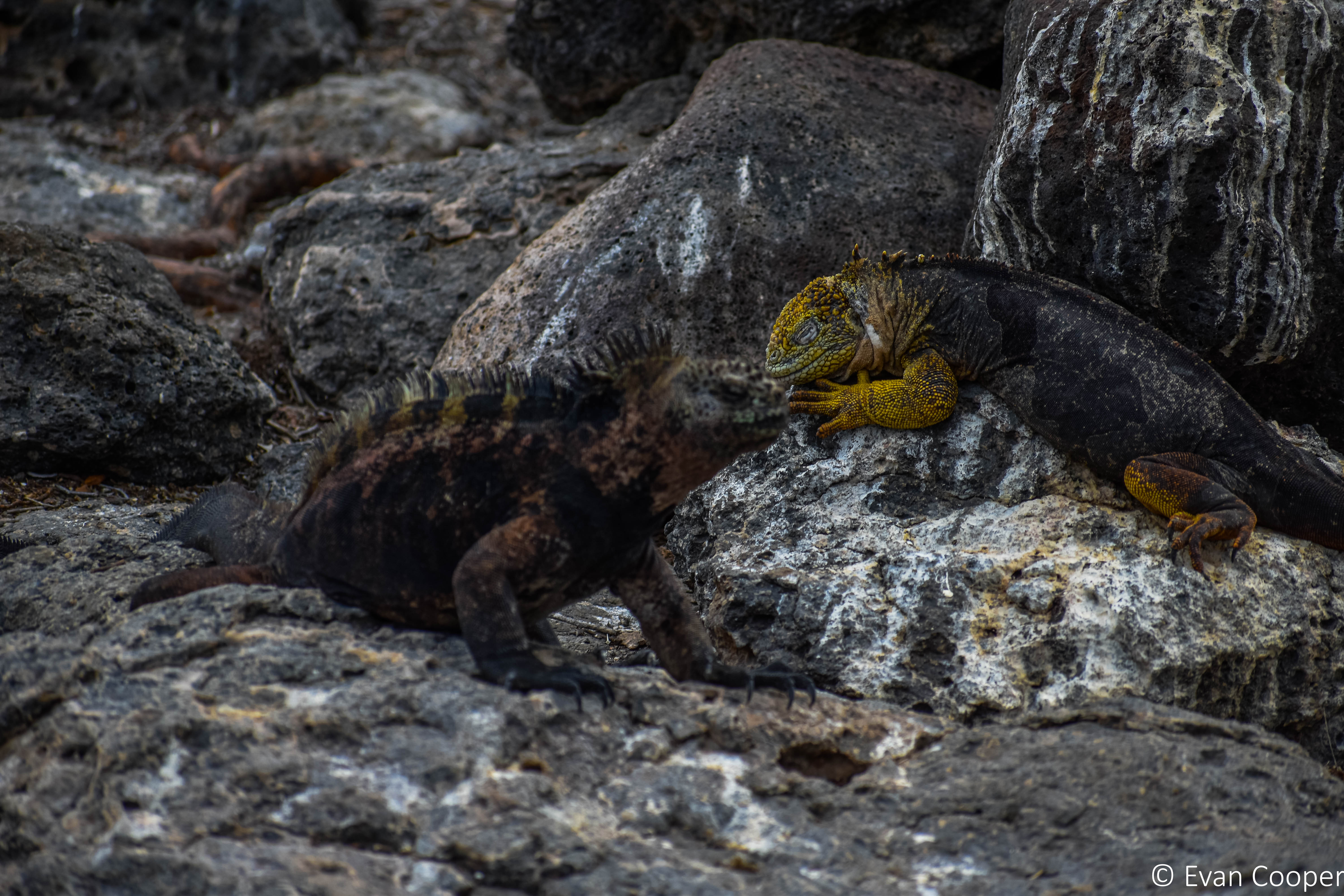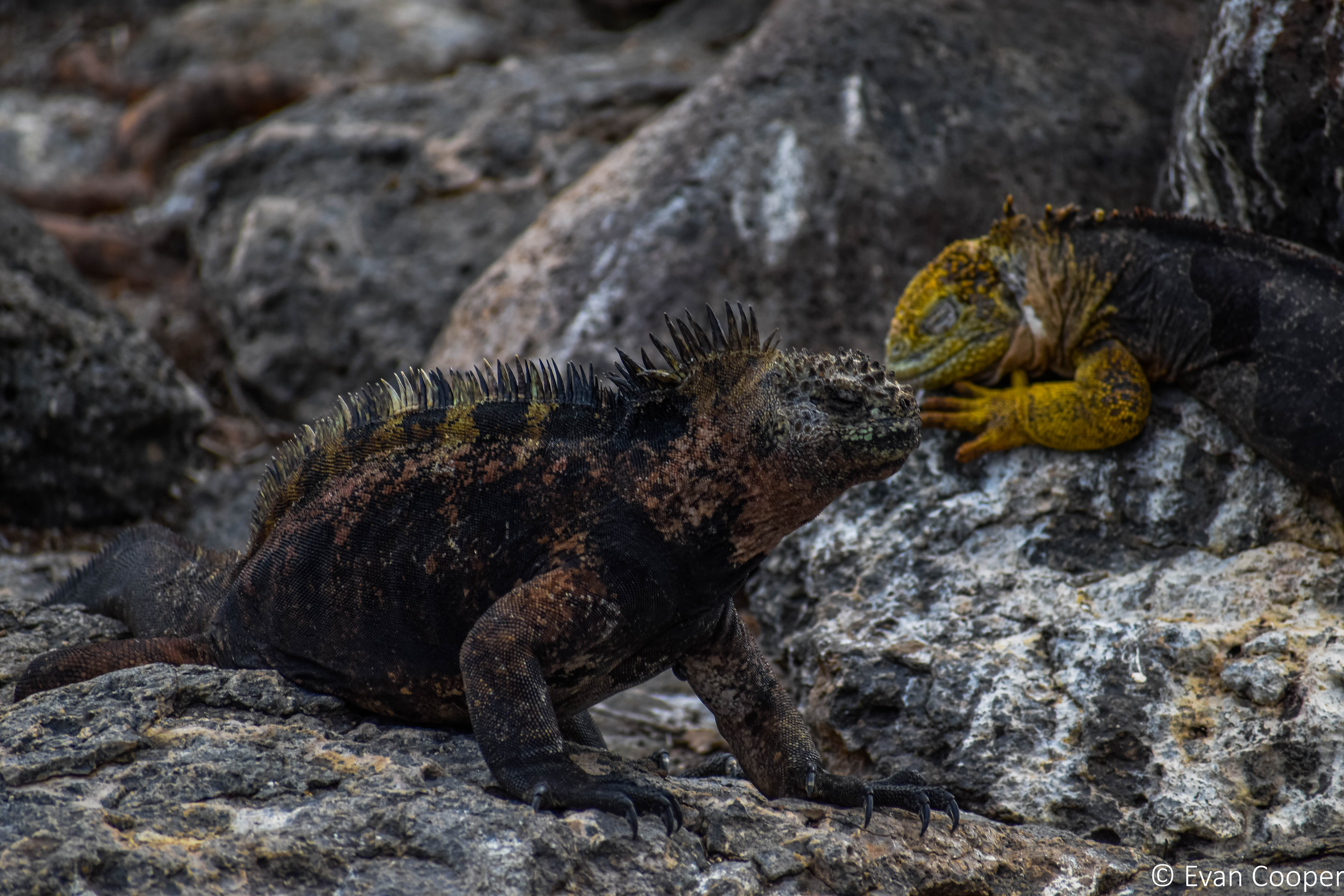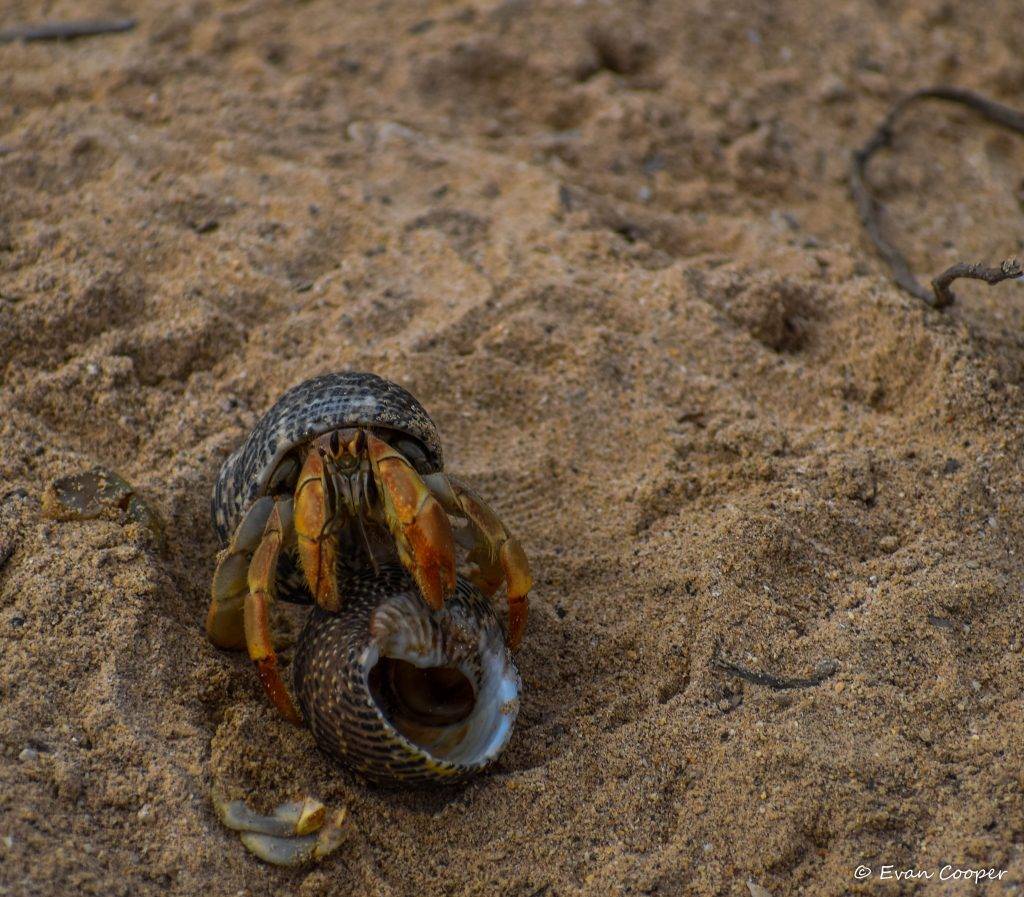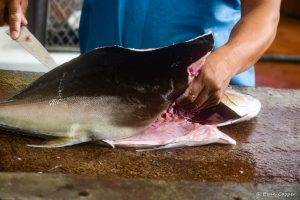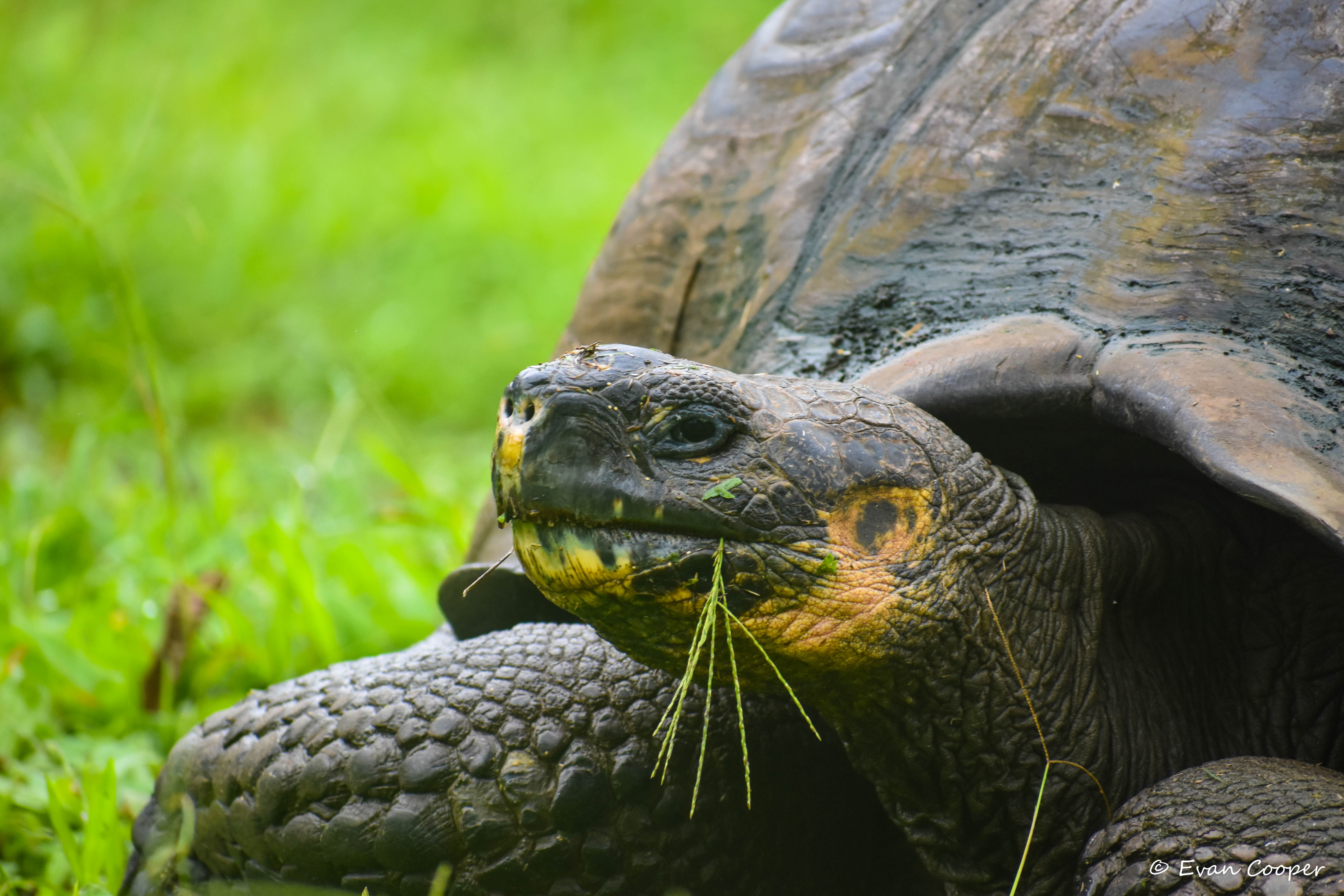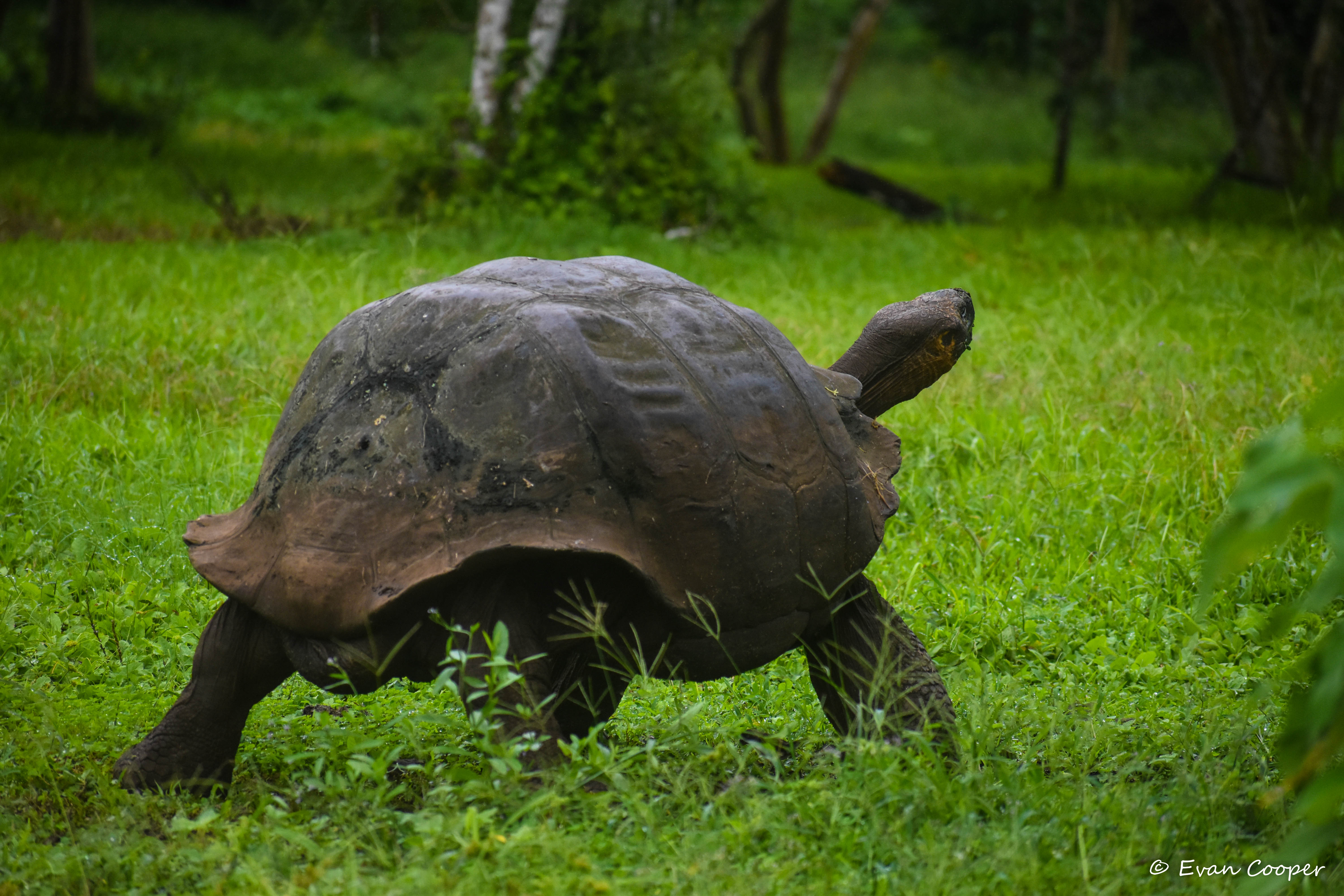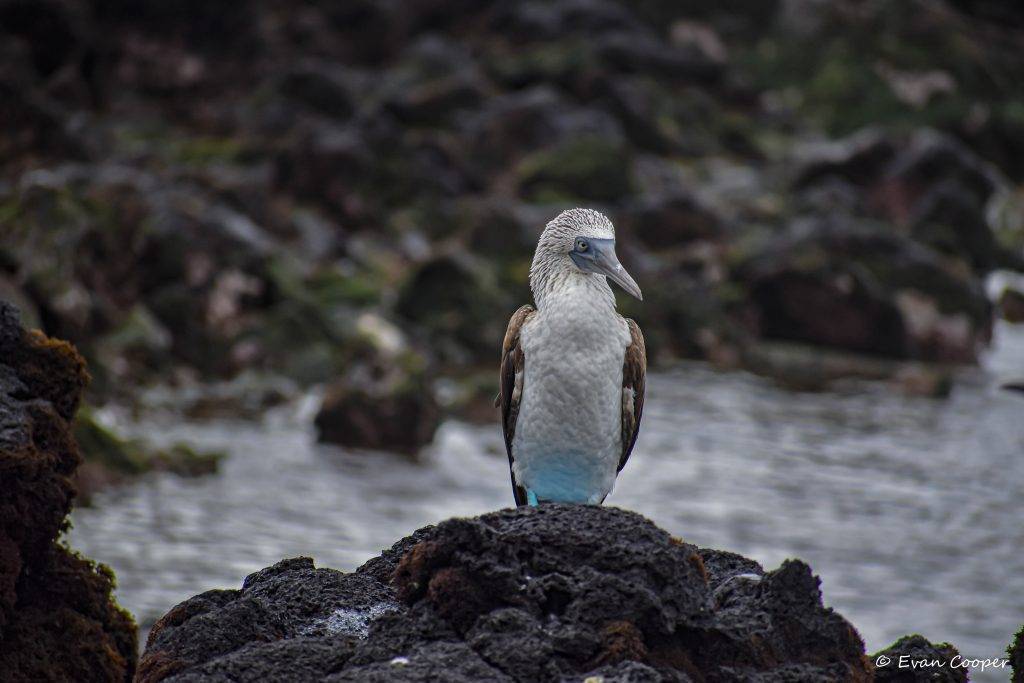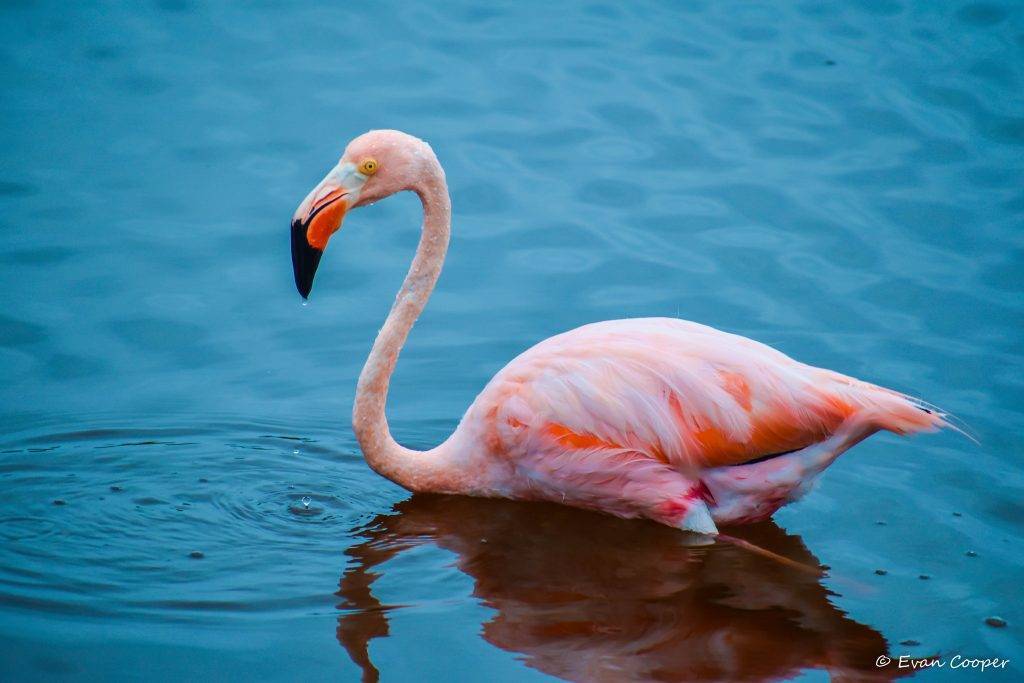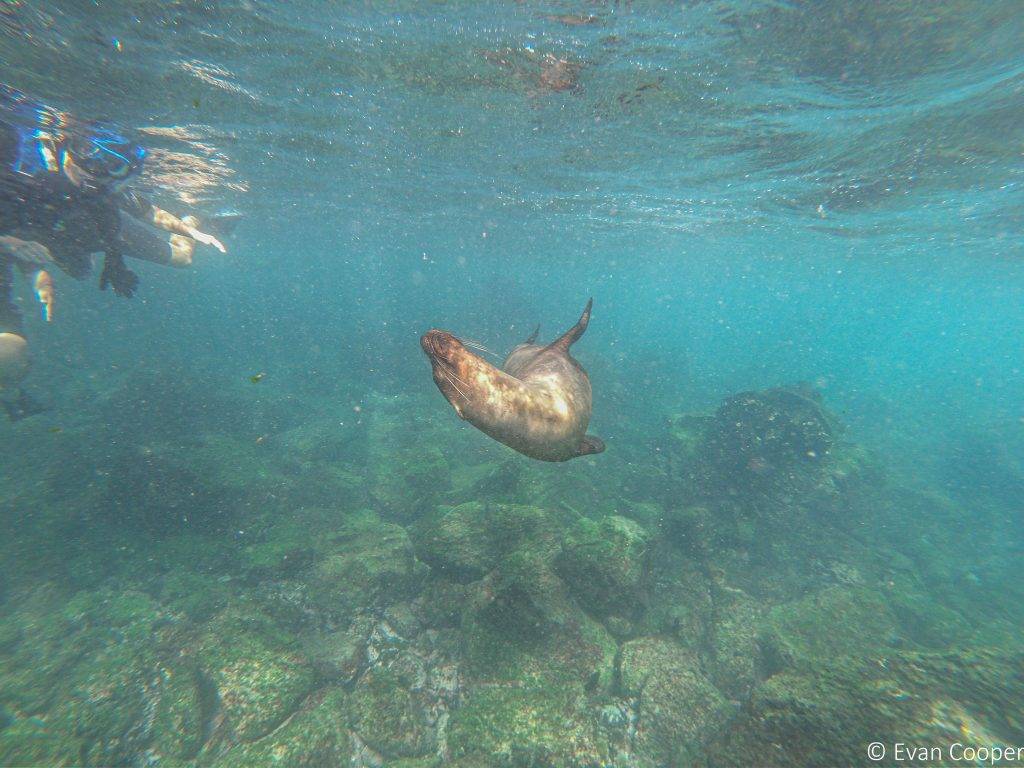A brief history of the Galapagos:
According to The Galapagos Conservancy, the first discovery of the islands was not by Charles Darwin, but by Fray Tomas de Berlanga, the Bishop of Panama , in 1535. For the next two hundred years, the islands were used by pirates, buccaneers, and whalers. Charles Darwin, the father of the scientific theory of evolution, arrived on September 15, 1835. He noticed differences in the same species of birds as well as giant tortoises on the different islands. Darwin used his findings in On the Origin of Species, which was against the scientific community of the time.
In 1979, the Galapagos Islands became the world’s first UNESCO-designated World Heritage Site. According to the World Wildlife Fund, “in 1998, the Ecuadorian government enacted the Galápagos Special Law, a legal framework to protect the Galápagos, and created the Galápagos Marine Reserve.”
The Galapagos is one of the world’s locations that practices the most sustainable tourism. Some guidlines are below for tour providers.
Galapagos tour providers must take steps to:
- Conserve water and energy
- Recycle and treat waste material
- Source locally-produced products
- Hire local employees, pay them a fair wage, and offer them additional training
Tourists can only stay for a certain amount of time, and tour operators itineraries are monitored. It is important to have strict rules so that the biodiversity is protected and not altered.



